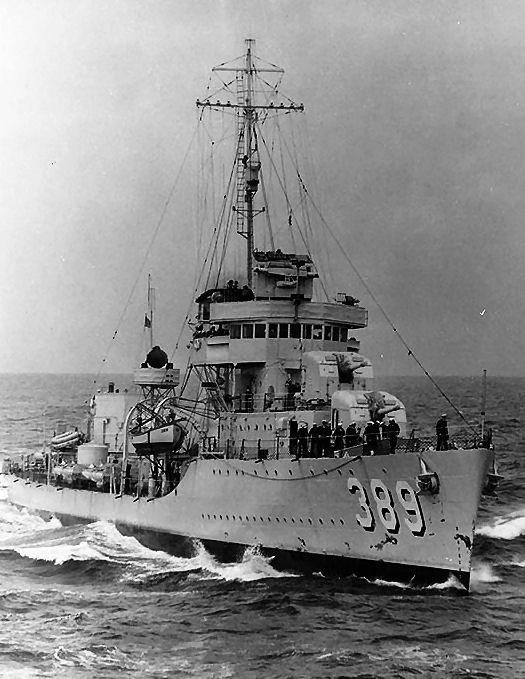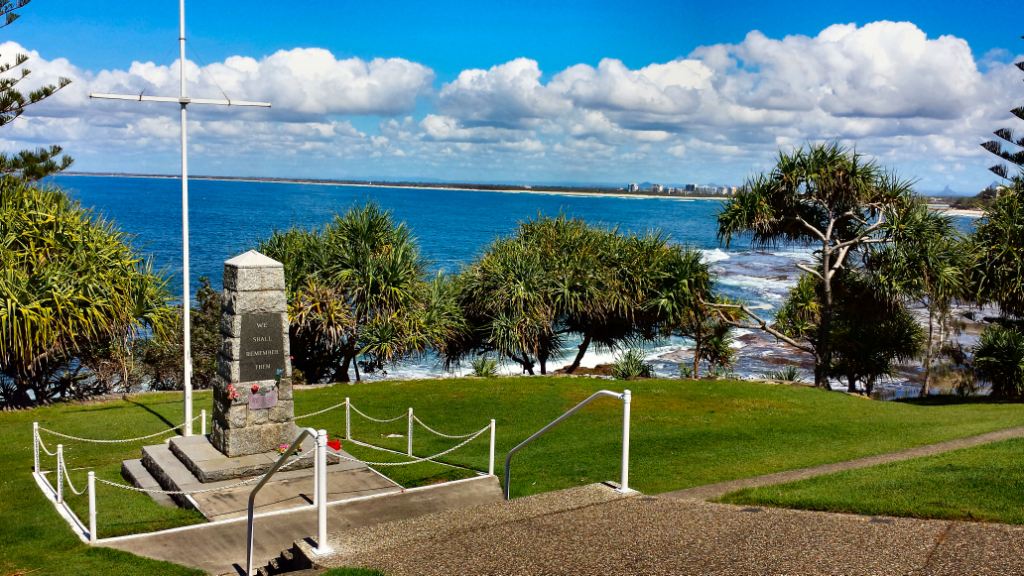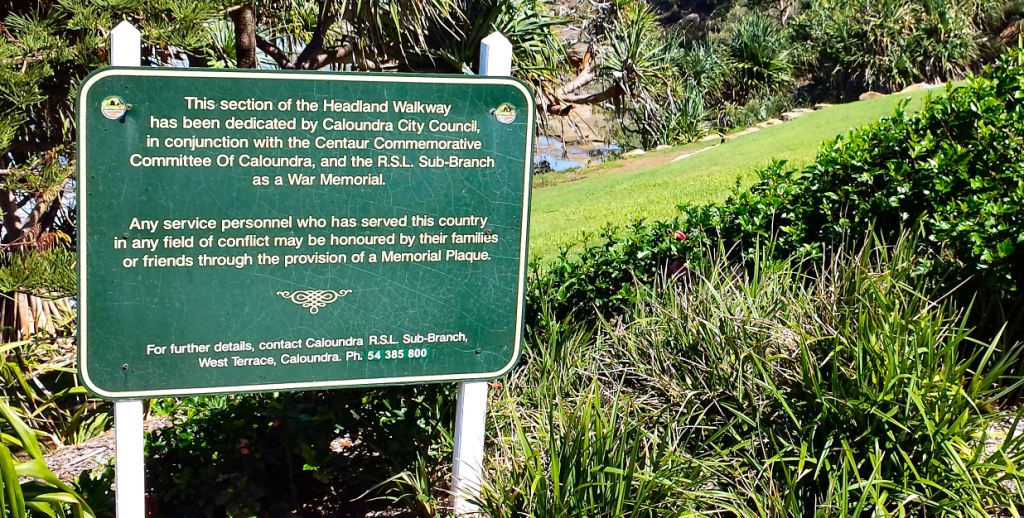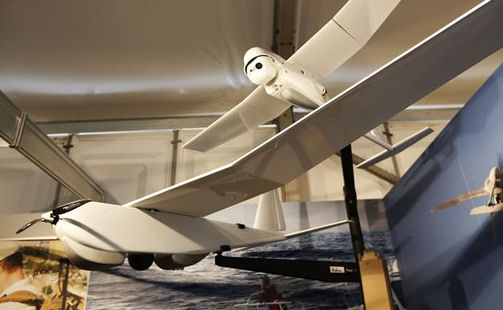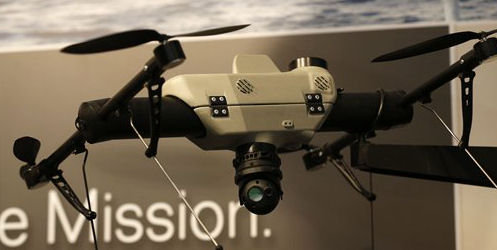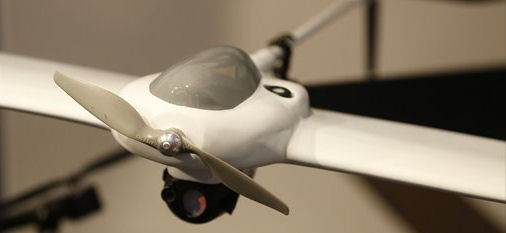|
|
|||
|
Privacy Policy | Editorial Policy | Profit Policy | Join the Association | List of Members | Contact us | Index | Links |
|||
|
Back Go to page: 1 2 3 4 5 6 7 8 9 10 11 12 13 14 15 16 17 18 19 20 Forward |
|||
|
The Vietnam War.
Did the United States win or lose the Vietnam War? We are taught that it was a resounding loss for America, one that proves that intervening in the affairs of other nations is usually misguided. The truth is that the US military won the war, but their politicians lost it. The Communists in North Vietnam actually signed a peace treaty, effectively surrendering, but the U.S. Congress didn't hold up its end of the bargain. In just five minutes, learn the truth about who really lost the Vietnam War – according to Bruce Herschensohn. (See below)
|
|||
|
|
|||
|
|
|||
|
Australian Hospital Ship “Centaur”.
On 12 May 1943 the Centaur sailed unescorted from Sydney carrying her crew and normal staff, as well as stores and equipment of the 2/12th Field Ambulance but no patients. On 13 May 1943, the RAAF’s No. 23 Radar Station, which was located at Fort Lytton near the mouth of the Brisbane River plotted a surface vessel which was located about 40 miles off the coast of Moreton Island. The blip was characteristic of a surfaced submarine. W.A.A.A.F. Operators P. Woodward, K. Rae and M. Hess reported the plots to the No 8 Fighter Sector Headquarters in Brisbane. The plots were verified by the Commanding Officer of No. 23 Radar Station, Pilot Officer W. Fielder-Gill.
At approximately 4.15am (Brisbane time) on Friday 14th May 1943, the
hospital ship A.H.S. Centaur, ablaze with lights, with a compliment
of 332 persons on board, was
"Centaur" made no signals and there was no time to launch any boats although two boats broke adrift from the ship as she sunk.
268 persons died and only 64 survived this tragic event. Of the 12 Army Nurses on board, Sister Ellen Savage was the only survivor.
At 2.00pm the next day, an Avro Anson from 71 Squadron RAAF based at
Lowood Airfield, (about 25Klms NW of Amberley) spotted survivors in
the water and radioed the USS Mugford, to "rescue survivors in water
ahead". USS Mugford had been escorting the Britis
Survivors in the first group of rafts recovered, told Lieutenant Commander H.J. Corey, the Captain of USS Mugford, that they were from the hospital ship "Centaur". The Naval Officer in Charge in Brisbane, Captain Edward Penry Thomas, received a signal from the USS Mugford that afternoon (at 0506pm Brisbane time) stating they were picking up many survivors from H.M.A. Hospital Ship "Centaur" at a position about 40 miles east of Cape Moreton. This was the first official indication on the mainland of this tragic event.
The Captain of USS Mugford requested the Anson to protect the "Sussex" while they continued to rescue the survivors of the "Centaur". A number of false alarms were reported on board USS Mugford of periscopes and torpedo trails. This caused a number of unnecessary distractions to the rescuers.
The Mugford rescued 63 men and 1 woman, including 4 who were seriously injured. The survivors were mostly found on rafts within a 2 mile radius of the main oil slick and wreckage and three of them stated that early on the Saturday morning they saw the Japanese submarine on the surface near the "Centaur's" boats..
Corporal Maurice Peter Thomas a member of Centaur’s medical staff escaped from the sinking ship and managed to locate a piece of planking at daybreak. Cpl Thomas and Privates Jones, McCosker and Taylor and three of the ships’ crew all clambered on this piece of planking and just before daybreak the next day (Saturday) they heard the sound of engines about 3/4 mile away. Two emergency flares were lit by some survivors on two other rafts but they could not see anything. A crew member of Centaur indicated that it was a submarine engine that they could hear and he instructed the survivors on the rafts to extinguish the flares. The engines stopped soon after this.
Mr R. G. Rippon, the Centaur’s Second Officer also indicated that he had heard the engines of a surfaced submarine early on Saturday as did Able Seaman J. Cecich and Seamen's Cook F. Martin.
The Mugford arrived in Brisbane on Saturday 15th May with the survivors. Further searches of the area were completed USS Helm, HMAS. Lithgow, and four motor torpedo boats without success.
The Centaur had been appropriately lit and marked to indicate that it was a hospital ship and its sinking was regarded as an atrocity. The Australian Government delivered an official protest to Japan over the incident but the Japanese did not acknowledge responsibility for the incident for many years and the War Crimes Tribunal could not identify the responsible submarine. However, the Japanese official war history makes clear that it was submarine 1-177, under the command of Lt Commander Nakagawa who had sunk the Centaur. Lt Commander Nakagawa was convicted as a war criminal for firing on survivors of the British Chivalry which his ship had sunk in the Indian Ocean. |
|||
|
|
|||
|
|
|||
|
If you have ever been to Caloundra you will probably know that the Caloundra City Council, in conjunction with the Caloundra RSL, has established a memorial for the Centaur on the headland just around from King’s Beach.
|
|||
|
|
|||
|
|
|||
|
The Council and the RSL have dedicated the headland as a War Memorial and serving persons may be remembered by a plaque set in the footpath.
|
|||
|
|
|||
|
|
|||
|
For many years people have pushed to locate the Centaur as a way of providing some solace to those family and friends who had lost loved ones, and to possibly answer some the unresolved questions surrounding its sinking.
A search led by David Mearns, who had previously lead the team that found the wrecks of HMAS Sydney and HSK Kormoran, discovered Centaur’s wreck on the 20th December 2009. Centaur was located about 30 nautical miles off the southern tip of Moreton Island, off Queensland’s south-east coast.
The wreck was in one piece although it appears as though the hull broke in at least one, and maybe two, places. Centaur’s approximate position is 27˚ 16.98’S, 153˚ 59.22’E at a depth of over 2,000 metres. The ship’s location is less than 1 nautical mile (1.85 kilometres) from that calculated by the navigator, 2nd Mate Gordon Rippon, who was on the bridge taking regular bearings the night Centaur was torpedoed.
Now that the wreck is found, it will be protected by the Australian government’s Historic Shipwrecks Act 1976. The site will therefore become a memorial to the lives that were lost.
Click HERE for the list of names lost on the Centaur.
|
|||
|
An old farmer had a wife who nagged him unmercifully. From morning 'til night she was always complaining about something. The only time he got any relief was when he was out plowing the fields with his old mule. He plowed a lot. One day, when he was out plowing, his wife brought him lunch in the field. He drove the old mule into the shade, sat down on a stump, and began to eat his lunch. Immediately, his wife began nagging him again. Complain, nag, complain, nag - it just went on and on. All of a sudden, the old mule lashed out with both hind feet, caught her smack in the back of the head. Killed her dead on the spot! At the funeral several days later, the minister noticed something rather odd. When a woman mourner would approach the old farmer, he would listen for a minute, then nod his head in agreement; but when a man mourner approached him, he would listen for a minute, then shake his head in disagreement. This was so consistent, the minister decided to ask the old farmer about it. So after the funeral, the minister spoke to the old farmer, and asked him why he nodded his head and agreed with the women, but always shook his head and disagreed with all the men. The old farmer said, “Well, the women would come up and say something about how nice my wife looked, or how pretty her dress was, so I'd nod my head in agreement.” “And what about the men?” the minister asked. “They wanted to know if the mule was for sale.
|
|||
|
The Next big thing in Aviation is small.
Associated Press With some no bigger than a hummingbird, the hottest things at this week's Farnborough International Airshow are tiny compared with the titans of the sky, such as the Airbus 380 or the Boeing Dreamliner.
What's got aviation geeks salivating at Farnborough, this year's biggest aviation jamboree that features participants from 40 countries, are the commercial possibilities of unmanned aerial vehicles — drones to most of us.
Drones are more commonly known for their use in conflict areas. This week Hamas launched for the first time an unmanned drone into Israeli airspace that was shot down.
But drones, which can weigh less than an ounce, have potential commercial applications that are vast. The industry, military and non-military, is growing and could according to some see investments of nearly $90 billion over the next ten years.
Experts say they can be adapted to fly over fields to determine when crops need watering, fly into clouds in hopes of offering more precise predictions on twisters, track endangered rhinos, spot wildfires and search out vast stretches of land for missing children.
And like the dawn of the era of aviation a little over a century ago, innovations are often being conducted by individuals with an idea and endless enthusiasm. They won't find it easy though as the big players in the markets, such as Boeing and Airbus, are also getting involved.
A lot of the research has been taking place in big flat places such as the Plains States, where a broad expanse of land combines with universities near military bases with air space exclusions to make research possible.
Where California had Silicon Valley to drive its high-tech industries, America's central belt from North Dakota to Texas could become a new research and commercial centre for the aviation industry — the Silicon Plains.
"This is open country for entrepreneurs," said Stephen McKeever, Oklahoma's secretary of science and technology. "There will be a Steve Jobs."
But things are a bit on hold at the moment for the American makers of unmanned air vehicles, or UAVs, as they await rules from the Federal Aviation Administration. Under current rules, you can legally fly drones for "recreational purposes," as long as you comply with certain basic guidelines — such as keeping well clear of airports.
Commercial operations are only allowed near airports with special authorization, the obtaining of is a cumbersome process and which the government intends to streamline. Once they are able to do this, McKeever suggests the situation will be akin to the land rush that sent land-hungry settlers scurrying to his state in 1889.
The FAA is developing regulations to permit the widespread commercial use of drones while protecting privacy and preventing interference with larger aircraft. As part of this process, the FAA in December selected six test sites around the country where research on drones will be conducted in a variety of environments.
North Dakota is one of them, and Brian Opp, manager of aerospace business development for the North Dakota Department of Commerce, is at Farnborough, promoting the virtues of the weather. In other words, if your drone can work in the midst of a freezing North Dakota winter or its scorching summer, it will work anywhere.
"That's good news for us," Opp said cheerfully.
The Teal Group, which offers analysis of the aviation industry, estimates that $89.1 billion will be spent on drones in the next decade, the bulk of which will still be military. Philip Finnegan, director of corporate analysis for the group, said commercial UAVs need to test to see what is possible. "It's pretty clear it will work, but it's going to depend on application, and at this point the companies can't even test that," said Finnegan.
Areas such as the Great Plains will face tough completion, not least from Australia, where regulators have been more forgiving of research than their U.S. counterparts. Japan, also, is a big user of drones, particularly in agriculture.
When, and if, the U.S. regulations relax, companies such as AeroVironment of Monrovia, California, which have been making military drones, have said they are ready to pounce. In the meantime, researchers are experimenting with ideas such as a drone that looks like a hummingbird, hovers like one and weighs about as much as a Triple A battery. "It's just fun," said Roy Minson, the company's senior vice president. "It's the sort of thing we used to dream about as kids."
Those interested in commercial aspects of such vehicles or systems have hesitated to even call their products drones for fear of association with those used for military purposes but they seem to be coming around to the fact that drone slips off the tongue a bit easier than unmanned vehicle system.
"I think we need to redefine the word drone," McKeever said. "The public will embrace it."
|
|||
|
|
|||
|
|
|||
|
|
|||
|
|
|||
|
|
|||
|
Back Go to page: 1 2 3 4 5 6 7 8 9 10 11 12 13 14 15 16 17 18 19 20 Forward |

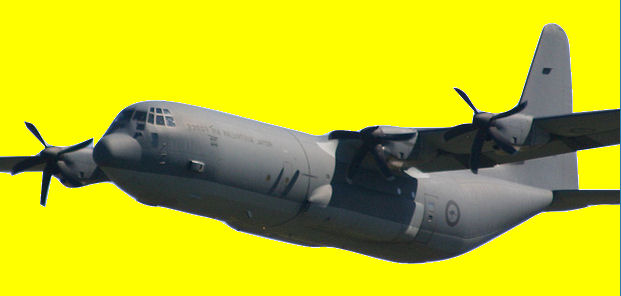
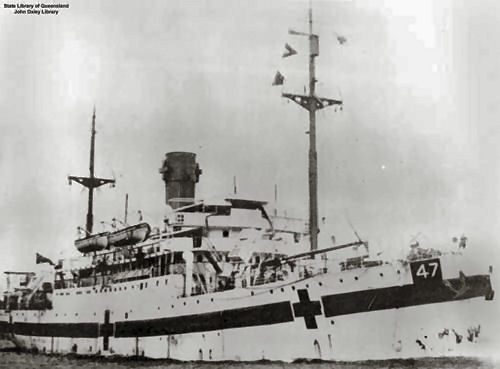 torpedoed
by a Japanese submarine while south east of Cape Moreton. The
Centaur was struck in an oil fuel tank on the port side. She caught
fire immediately and sank within two or three minutes. At the time
of the attack, all its lights were on except for two floodlights
right forward which were used for floodlighting the bows. These had
been switched off because they affected sight from the bridge.
torpedoed
by a Japanese submarine while south east of Cape Moreton. The
Centaur was struck in an oil fuel tank on the port side. She caught
fire immediately and sank within two or three minutes. At the time
of the attack, all its lights were on except for two floodlights
right forward which were used for floodlighting the bows. These had
been switched off because they affected sight from the bridge.